Orchids "Wild cat": features, rules of cultivation
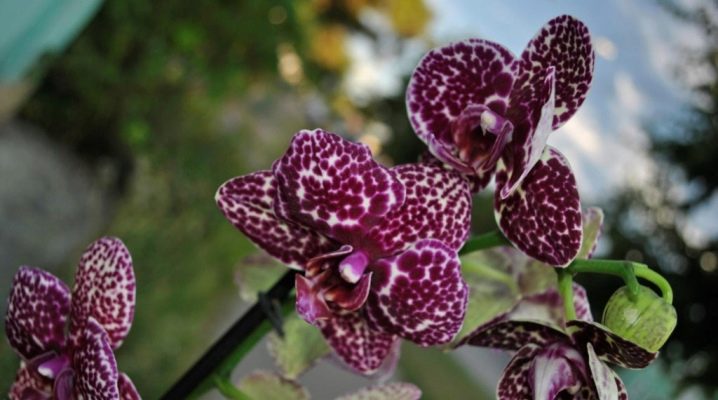
Recently, delicate and beautiful orchids have become more and more popular. Therefore, men, instead of a little boring roses, buy just such flowers for their beloved ones. However, not every of them knows how to properly grow such a beautiful plant and take care of it at home.
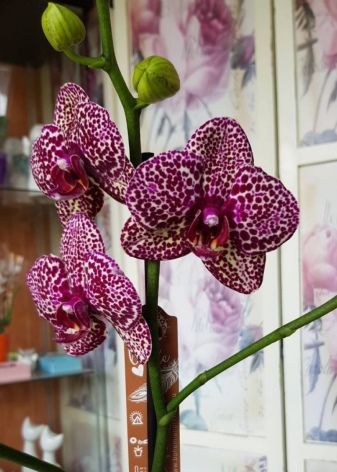
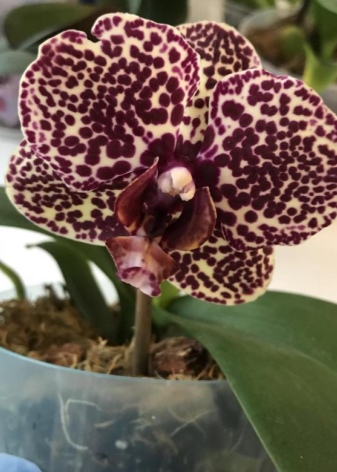
Peculiarities
Among orchids, the most common representative is Phalaenopsis, which has about seventy subspecies. It can be very common hybrids, and vice versa, quite rare. The latter also includes the Wild Cat Orchid.


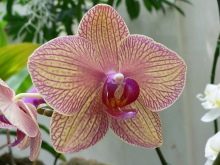
If we talk about the places where it grows in nature, then these are most often rocky surfaces, where there is a lot of light. These include the territory of Australia or the mountain forests in the Philippine Islands.
The name of the flower in translation means "butterfly". Probably, he got his flower due to its special shape. But the name "Wild cat", this luxurious orchid got due to its color, which is a bit like the wool of a wild animal. In some cases, it is also called the "White Cat".
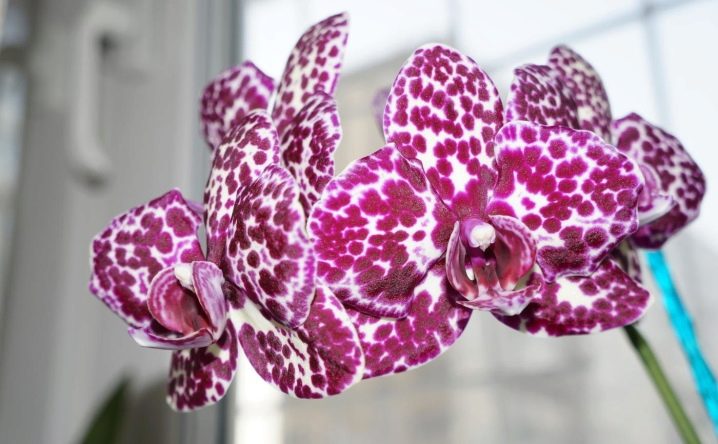
As for its description, the plant has dense flowers that feel like waxy to the touch. Flower petals are white with yellow and red spots; can be of different sizes. In the middle of the flower, the shade is brighter and with slight stains. From a distance, they even appear purple, and when approached, they appear bright red.
Phalaenopsis blooms twice a year, while the peduncle itself can reach 55 centimeters in length. In addition, there can be several of them at once - up to four pieces. All of them can form a large number of buds.
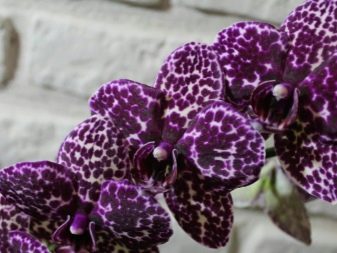
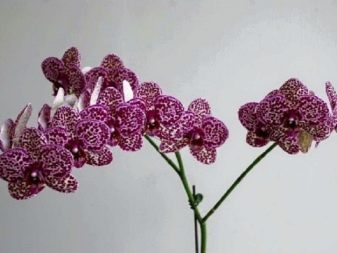
The flowers are very large, up to 9 centimeters in diameter. Plus they smell good. When buying, be sure to buy a plant that has at least one flower. After all, they are all very similar, and since the "Wild Cat" is very expensive, dishonest sellers can take advantage of this and slip a cheaper look.
Advantages and disadvantages
Such a plant has both advantages and disadvantages. Among the pluses, it is worth noting the following:
- her unusual beauty;
- noble appearance;
- long and lush bloom;
- tolerate drought well.
However, there are also some disadvantages:
- such a flower requires special care;
- does not like transplants at all, which are real stress for him;
- with improper care, the plant can completely die.

How to care?
This plant is considered a difficult flower to grow - it needs to create proper care, which includes several stages.
First of all, the plant must go through the adaptation stage. At this time, he needs good lighting and the right temperature conditions. The air temperature in the place of its growth should not exceed 25 or drop below 14 degrees. In addition, it is important for an orchid to maintain an indoor air humidity of no higher than 50 percent.
After purchase, the orchid can remain in the same pot for several years. A transplant should be done only when absolutely necessary and only after the plant has faded. After flowering, it is recommended to put phalaenopsis in a cooler place, and also significantly reduce its watering.
This must be done without fail so that in the future the inflorescences are lush and beautiful. After a certain time, the flower can be treated with warm water.
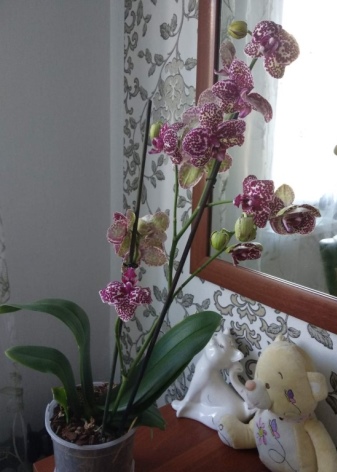
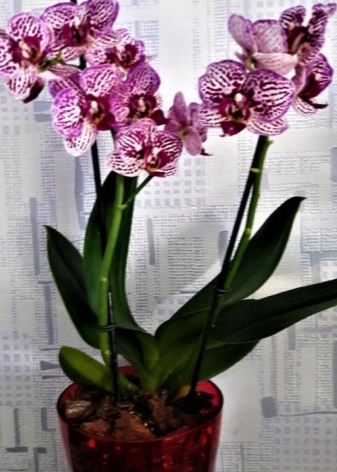
Very often, orchids stop blooming after purchase. Then you will need to stimulate the plant.To do this, try to slightly increase the difference between daytime and nighttime. In addition, a special soil is needed for the orchid, which is recommended to be bought in flower shops. Most often, this soil consists of pine bark and charcoal. And also it includes sphagnum moss; if not, you can add it yourself. In addition to all these components, fern root or special coconut chips are added to the soil.
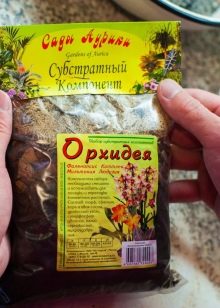


The room with the flower must be regularly ventilated. This must be done so that there is no draft that will only harm the orchid.
Top dressing
You should also not forget about the introduction of different fertilizers. They are simply necessary for these plants living in ordinary bark. Most often, fertilizers are added to the water. It is recommended to do this after every third watering. Fertilizers for orchids are most commonly sold at flower shops.

Watering
To retain moisture, sphagnum moss is often used, which needs to cover the roots of the plant. It protects the orchid from heat, and also prevents moisture from evaporating quickly. Watering the Wild Cat Orchid should also be done correctly. She feels better in case of lack of water than in excess of moisture.
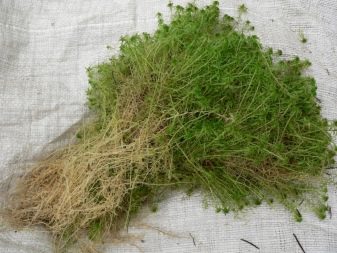
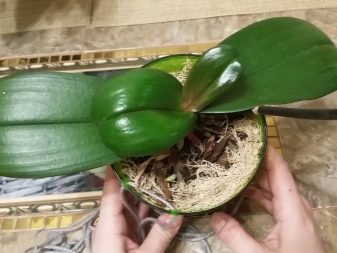
There are several ways to water such a plant. One of them is that the pot is immersed in a container of boiled and chilled water for about half an hour. Then it must be removed from the water and allowed to drain off excess moisture. Further watering can be done only when the bark is completely dry. It is imperative to monitor the state of the root system. Until the condensation on the walls of the pot disappears, the plant does not need to be watered.
The orchid can be watered by spraying. In addition, if the weather is hot, the amount of watering increases accordingly, and decreases with its decrease.
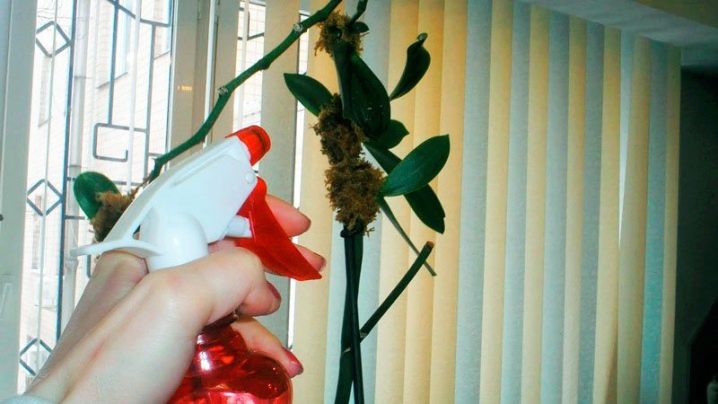
Disease and pest control
The orchid differs in that with proper care it practically does not get sick. And if it does get sick, it heals quickly enough. These diseases include different types of rot. For example, gray rot and fusarium. To get rid of them, you need to cut off the infected area, then sprinkle the cut area with coal powder or treat it with a special disinfectant solution.
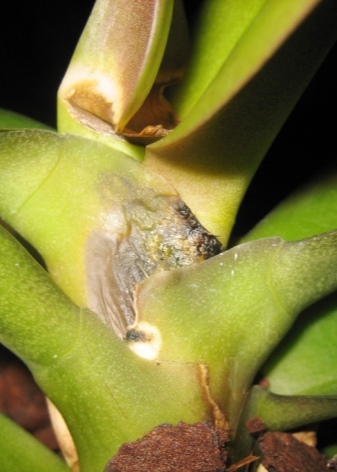
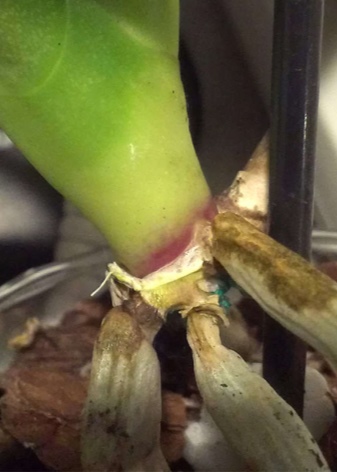
But only various pests can greatly spoil the life of an orchid, and a novice florist. In this case, the plant begins to dry out and wither. Such plants must be immediately isolated, and the window and sill must be treated with a special soap solution with the addition of baking soda. The proportions in this case are equal: 1 teaspoon of baking soda to 1 glass of soap solution. This mixture will stop the reproduction of parasites.
Among other things, the plants that were nearby should also be treated with soapy water, but only without using soda. After a while, they must be rinsed with clean water. In case of damage by a nematode, the orchid must be treated with a decaris solution or other special means. If aphids appear, then the plant must be immediately treated with an onion solution or a solution from lemon peel. Such folk remedies are infused for three days. After that, they are ready for use.
If phalaenopsis is affected by soft-bodied mites, then they must be dealt with only with special preparations. It could be Fitoverm. If shell mites appear, then the plant must be transplanted, but before that, be sure to soak it for at least half an hour in warm water so that the insects float up. After that, they must be collected, and the roots of the plant must be dried. Only then can the plant be transplanted into a new soil.

In addition, it is necessary to carry out regular preventive work using various fungicides or insecticides, so that no diseases subsequently appear.
Pruning
You should not prune the orchid immediately after flowering. In addition, only those peduncles that are completely dry can be removed.It is necessary to cut the flower to the very first dormant bud. A new process may subsequently appear from it.

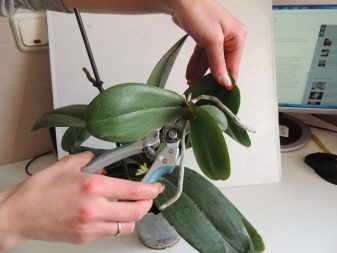
After trimming, all sections must be treated with a special disinfectant.
After some time, lateral pagons may appear, on which new flowers will appear.
How to reproduce?
The Wild Cat Orchid can reproduce with the help of children. They can appear only at very high temperatures, so this must be taken into account. If they are absent for a long time, then you can stimulate the plant. To do this, you need to make an incision in the kidney, which is closest to the main arrow. It is best to make an incision with a very sharp object. After that, with the help of tweezers, it is necessary to remove the cut scales, and immediately treat the opened kidney with a stimulating agent.
Literally a month after that, a baby will appear at the cut site. You do not need to cut it off immediately after it appears. We must wait until the roots appear, as well as at least two leaves. Only after that it can be carefully cut and transplanted into a separate pot, where the soil was prepared in advance.
In addition, such a plant can be divided by dividing the root system. To do this, the flower must be carefully removed from the pot and see how best to do it. After that, each divided part must be transplanted into a separate container. The orchid will bloom after such a division only after a few years. In addition, only one or two flowers may appear at once.
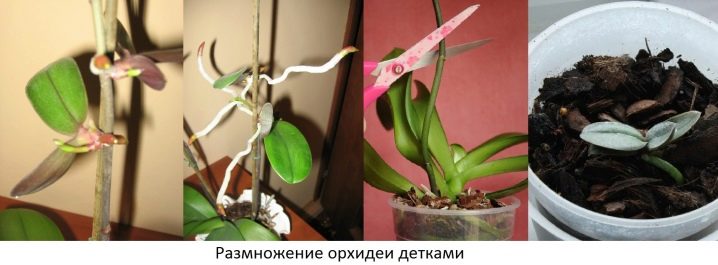
Summing up, one thing can be said - it is imperative to take care of the Wild Cat orchid on time. Just follow all the prescriptions of specialists, namely: water correctly, fertilize in a timely manner, and also observe the temperature regime. And the flower will surely bring joy with its appearance not only to the home, but also to all passers-by.
An overview of the varietal orchid "Wild Cat", see below.































The comment was sent successfully.